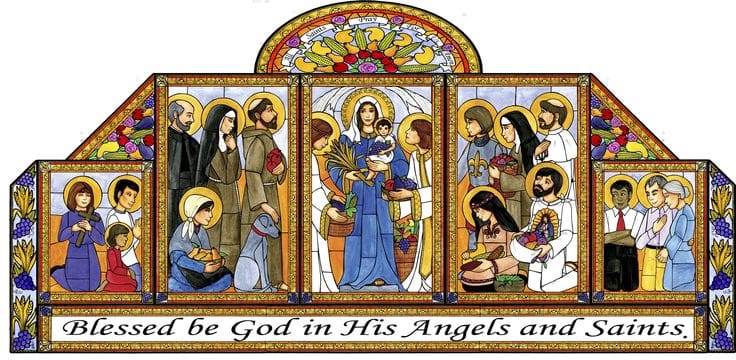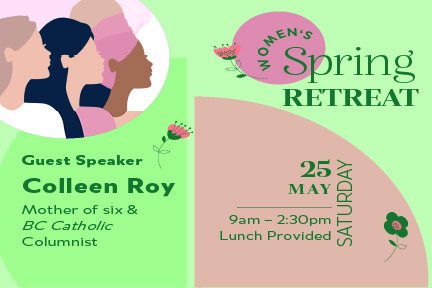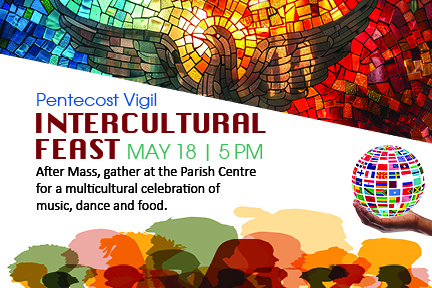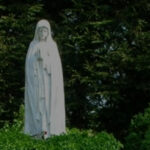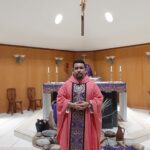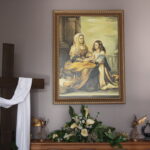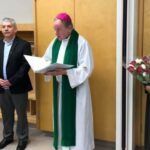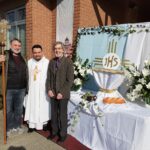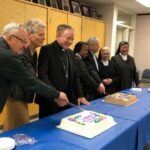
By Fr. Hien Nguyen
WHY ARE WE CALLED TO PRAY FOR THE DEAD?
The souls in Purgatory are completely engaged with the beautiful yet difficult cleansing of themselves, to be made pure and whole for life in Heaven, and there are no “shortcuts” for them to access for themselves in this process (we have plenty on earth – the sacraments, spiritual devotions, indulgences, etc.). Also, each person’s degree of purgation will match the degree to which they have sinned – just as in a legal system the severity of jail time is supposed to “match” the severity of the crime – and in this way justice is achieved. However, in God’s infinite mercy, He allows the Church Militant (you and I) to “pay the debt” of each other’s sins through our sacrifices of prayer, fasting, and especially the Mass. This grace extends to the suffering souls in Purgatory, and in this way we can lessen their suffering and speed their entry into Heaven.
WHY DO WE LIGHT CANDLES?
Candles have been used in Christian worship since the beginning, and for many reasons. First and foremost, they remind us of Jesus, who said: “I am the light of the world. Whoever follows me will not walk in darkness, but will have the light of life” (Jn. 8:12). Jesus also said that we, the faithful, are “the light of the world”, and that our light must shine before others, so that others will see the good that we do and will praise our Father in Heaven (Mt. 5: 14-16). The candle, as it flickers and sways, also reminds us of life, and its delicate beauty. Its upward orientation and the curls of smoke that ascend from its tip signify our prayers, which rise up to Heaven. Lighting a candle, therefore, is a way of extending our prayer and showing solidarity with the soul for whom the prayer is offered. For these reasons, Christians all over the world and throughout history have been placing candles on family graves. It is especially appropriate to do this during the Hallowtide Triduum and throughout the Month of Holy Souls. The Catholic Church even offers an indulgence on behalf of a soul in Purgatory for anyone who visits a cemetery during the first eight days of the month of November to pray for the deceased.
IS A FUNERAL MASS REALLY NECESSARY?
Yes! The Catholic Church is constantly reminding us of the dignity of the human person – we are created in the image and likeness of God, and we are called to participate in His very life and love for all eternity. The Mass, the memorial of Christ’s death and resurrection, is the principal celebration of the Christian funeral. This is because the community turns for spiritual nourishment at the table of the Eucharist: “In partaking of the body of Christ, all are given a foretaste of eternal life in Christ and are united with Christ, with each other, and with all the faithful, living and dead. ”Moreover, through baptism, a Christian’s very body becomes a temple of the Holy Spirit; through reception of the Eucharist, a person’s body becomes a tabernacle carrying our Lord; and even in death, we believe that someday the body will be reunited with the soul and become a glorified body for all eternity. The human body is therefore a vessel destined for unimaginable glory and eternal happiness, and as such is worthy of noble treatment here on earth, even after death. For these reasons, a Catholic funeral service has a beautiful form and set of guidelines to uphold and celebrate this dignity



